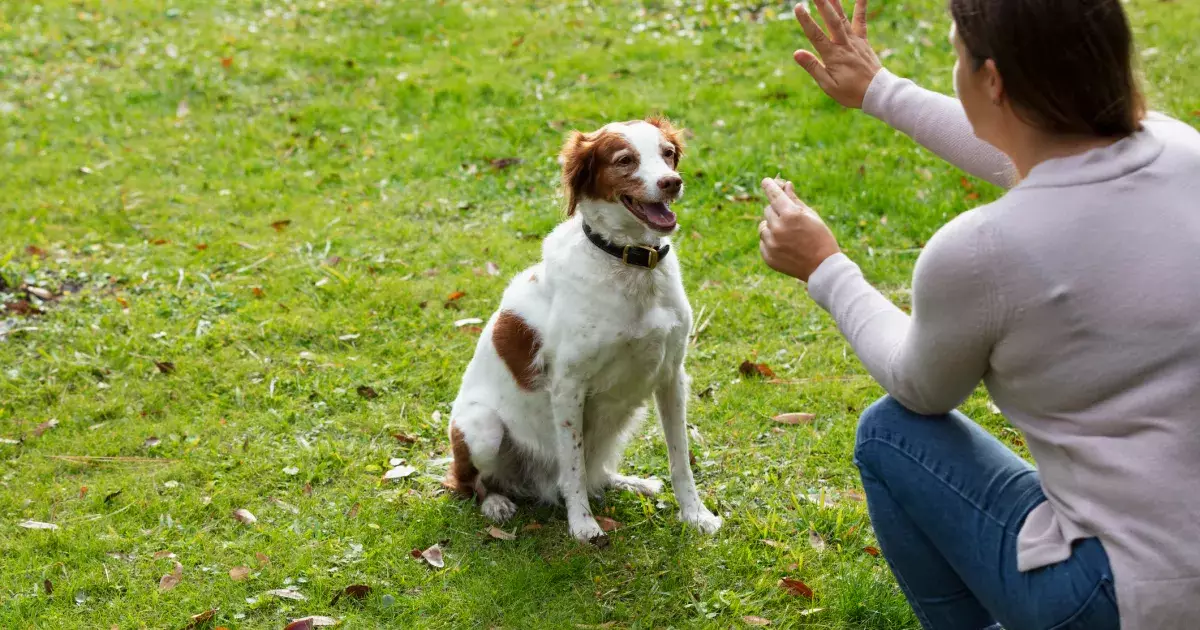Training a deaf dog might initially appear to be an overwhelming endeavor. However, the journey promises to be fulfilling for both you and your canine companion if approached with thoughtful methods and tools. Deaf dogs possess a keen intelligence and an eagerness to learn, which can be harnessed through tailored strategies. This article delves into effective techniques that not only help in training but also strengthen the bond between you and your uniquely communicative furry friend.
Effective communication is the cornerstone of any successful training session. When working with deaf dogs, it’s essential to replace traditional auditory commands with visual signals. Unlike their hearing counterparts, deaf dogs rely on sight and touch, necessitating the development of a set of clear, consistent visual cues. This non-verbal form of communication allows you to deliver commands, direction, and praise effectively.
Start by establishing simple, distinct hand signals for fundamental commands such as ‘sit’, ‘stay’, and ‘come’. For example, a specific hand shape can imply ‘sit’, while another motion can indicate ‘down’. Consistency is crucial here; ensure that everyone involved in the dog’s training uses the same signals to avoid confusion.
In addition to hand signals, incorporating vibrations into training gets your dog’s attention in a manner they can perceive. Gentle stomping on the ground or employing specially designed vibrating collars can serve as effective attention-getters. It’s beneficial to pair these vibrations with visual cues to strengthen the association your dog makes with commands.
For further visual stimulation, consider utilizing colored flags or even flashing lights as command signals. For instance, a brightly colored flag might represent ‘fetch’, while a flashlight could be used to indicate feeding time. These visual aids transform abstract ideas into concrete signals, allowing the dog to connect actions with their respective commands.
Positive reinforcement plays a fundamental role in dog training, and it’s particularly effective with deaf dogs. The power of rewards cannot be overstated; motivations such as treats, praise, and affection can engineer favorable behaviors. Since many deaf dogs are heavily motivated by food, utilizing tasty treats that are easy to quickly consume can significantly aid training progress.
When rewarding your dog, always couple the treat with corresponding visual signals to forge a lasting connection between the command and the reward. Additionally, employ body language and facial expressions to express positivity—your dog may not hear your voice, but they can interpret your demeanor, helping them to understand that they’ve performed well.
Training does not have to be strictly regimented; in fact, blending fun and engagement into training sessions can enhance the dog’s learning experience. Participating in enjoyable activities like games of fetch or tug-of-war can serve as effective training tools. With every successful cue followed by reward, you’re not just training your dog; you’re reinforcing a bond that encourages enthusiasm and obedience.
Moreover, integrating play into training can help alleviate frustration or stress, making your dog more receptive to learning. When lessons are fun, both you and your dog are likely to enjoy the process, creating a positive atmosphere that fosters growth and understanding.
As technology progresses, several innovative training tools specifically designed for deaf dogs have emerged. Vibrating collars, for instance, serve as an excellent way to transmit commands without the need for sound. These collars vibrate to alert your dog, helping to guide them or redirect their focus when necessary.
Visual clickers also provide another layer of communication; these devices emit a flash of light rather than a sound to mark desired behaviors. By pairing the clicker with treats or visual praise, you can fire up a strong association that helps shape your dog’s responses.
Another innovative approach to consider is incorporating sign language into your training regimen. Utilizing established sign language systems, like American Sign Language (ASL), can expand your dog’s comprehension of commands. Alternatively, you can create your unique signs that are distinctive and easy for your dog to identify.
Training a deaf dog demands a unique blend of patience, adaptability, and creativity. The absence of sound means adjustments must be made in how commands are conveyed. By utilizing visual signals, vibrations, and positive reinforcement tailored to your dog’s individual needs, effective communication becomes achievable.
Every deaf dog is distinct, and the training process may unfold at varying paces. With commitment and understanding, you can unlock your dog’s potential, enriching their life and enhancing your shared experience. A well-trained deaf dog can thrive and flourish, demonstrating that with love and insightful techniques, no challenge is insurmountable.

